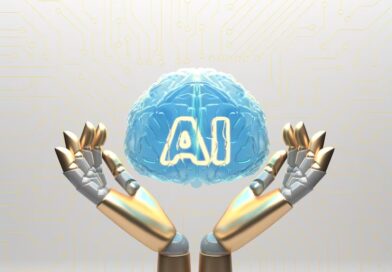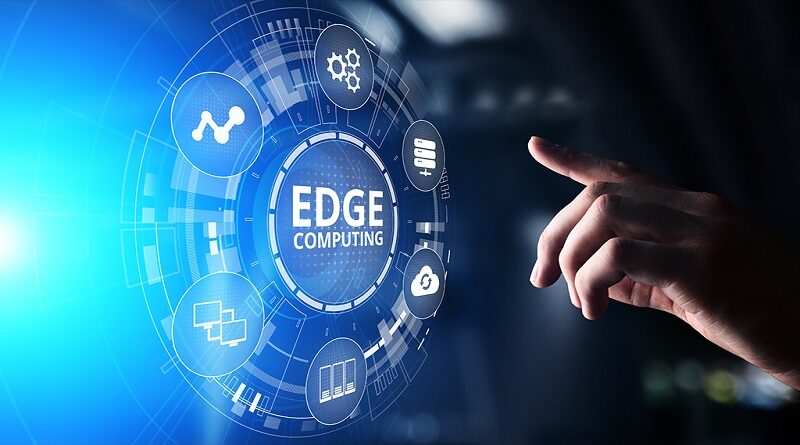Why edge computing matters for modern software development
What is edge computing?
When developers hear the term “edge computing”, many think it only applies to IoT-like applications, but edge is relevant to all software engineers. The simplest way to think of edge computing is that it computes closest to the source of the computed information. Also, since “edge” must be the edge of something, the edge is usually defined in relation to the central center, i.e., the cloud. By this definition, any software deployed across multiple data centers can be considered a form of edge computing, if there is a central component. CDNs (content delivery networks) were an early form of advanced software, with companies initially serving static content from locations closer to their users. The proliferation of CDNs has made it easier to deploy your entire application closer to the user. The next stage of cloud computing brings computing power even closer, in the form of being able to push workloads that were previously run-in data centers directly onto user devices and making deployment of software to remote edge locations as seamless as deploying to the cloud. Two examples of this in action: Machine learning. Apple’s CoreML and Google’s TensorFlow Lite allow machine learning models to be created and run-on mobile devices rather than requiring a round trip to a data center for AI-powered features. This not only improves the experience for the user but also reduces bandwidth and hardware costs for companies. Serverless edge computing. Cloudflare Workers and AWS Lambda Edge allow developers to push functionality to 250-plus points of presence (PoPs) with ease. This type of edge computing opens many new architecture options for developers while reducing much of the complexity associated with edge computing.Benefits of edge computing
The primary benefit of edge computing is that users get a better experience in terms of reliability, reduced latency, and potentially better privacy by keeping more of their data on-device or on the local network. For businesses, there are several benefits to adopting edge computing. First is the potential for cost savings by offloading processing to smaller edge devices and by using less bandwidth when moving data to the cloud. You also gain more fine-grained control over resource consumption via serverless edge computing platforms. Edge computing also can make it easier to comply with security regulations by keeping data on location while still being able to provide all the features expected of modern cloud-based software. Even for consumer products, moving more features directly onto the user’s device can be considered a benefit for a business by attracting privacy-minded customers who want to own their data.Data at the edge
One challenge with edge computing is striking the right balance between having full insight into your application by keeping high granularity data versus the cost of transferring and storing that data in the cloud. However, edge computing can help solve this problem by giving developers the best of both worlds. At the edge, you can store the more granular data that is needed to monitor software or hardware for potential operational issues. That data can then be downsampled to a less dense data set and moved from the edge to the cloud for use by the company at large for more high-level analysis. Many companies have built custom solutions to handle the management and lifecycle of their data to get it from the edge of their network to their cloud data store. One way to simplify this process would be to use a solution such as InfluxDB’s Edge Data Replication, which makes it easy to use your data at both the edge for collecting and monitoring your time series data and on the cloud for long-term analysis. InfluxDB takes care of many of the challenges associated with edge computing, including worrying about lost network connectivity, integrating systems, and numerous other edge cases involved with edge computing. By abstracting these problems away, developers can focus on the features that are crucial for their product rather than worrying about implementation details.How companies use InfluxDB at the edge
Many companies are actively using InfluxDB at the edge as a core part of their infrastructure. Prescient Devices provides an edge computing development platform built on Node-Red that makes it easy for companies to start taking advantage of edge computing. Prescient Devices uses InfluxDB as a local data store for devices at the edge and as part of its platform in the cloud. Graphite Energy is another company that uses InfluxDB both at the edge and in the cloud. Graphite Energy provides a solution to the problem of variable rate renewable energy by converting solar and wind energy into steam, which can then be used to generate electricity at reliable amounts needed for manufacturing. This is a critical problem to solve as we move away from fossil fuels and towards renewable energy. By using InfluxDB, Graphite Energy can monitor its infrastructure at the edge and take action quickly if needed. They then send the lower-granularity data to the cloud and look at the aggregated data for trends that can drive long-term business decisions. There are a huge number of ways that the edge and cloud can be used to build modern applications. The key is to be aware of how the ecosystem is developing and to understand the strengths provided by the edge and cloud options. This will allow you to design your application in a way that best takes advantage of both, and best meets the needs of your customers and your business.See More

Faster Insights with Splunk AI Assistant for SPL: Now More Personal Than Ever
Splunk AI Assistant for SPL has revolutionized how users interact with Splunk’s powerful Search Processing Language (SPL), making data analysis more

From Complexity to Clarity: Leveraging AI to Simplify Fraud, Waste, and Abuse Investigations at Every Level
Fraud, waste, and abuse pose significant challenges across all sectors, from corporate enterprises to federal institutions. With increasing scrutiny from

Beyond the horizon: Navigating the bridge between today’s tech and tomorrow’s AI
On the calendar, a year has 365 days. But in the world of AI, it often feels like every month

Cyber Threats 2025: Dark Web Hacks, AI Malware, and Ransomware Take Center Stage
As cyber threats continue to evolve, 2025 marks a turning point for businesses and individuals facing increasingly sophisticated attacks. Hackers
See More Blogs

Faster Insights with Splunk AI Assistant for SPL: Now More Personal Than Ever
Splunk AI Assistant for SPL has revolutionized how users interact with Splunk’s powerful Search Processing Language (SPL), making data analysis more

From Complexity to Clarity: Leveraging AI to Simplify Fraud, Waste, and Abuse Investigations at Every Level
Fraud, waste, and abuse pose significant challenges across all sectors, from corporate enterprises to federal institutions. With increasing scrutiny from

Beyond the horizon: Navigating the bridge between today’s tech and tomorrow’s AI
On the calendar, a year has 365 days. But in the world of AI, it often feels like every month




